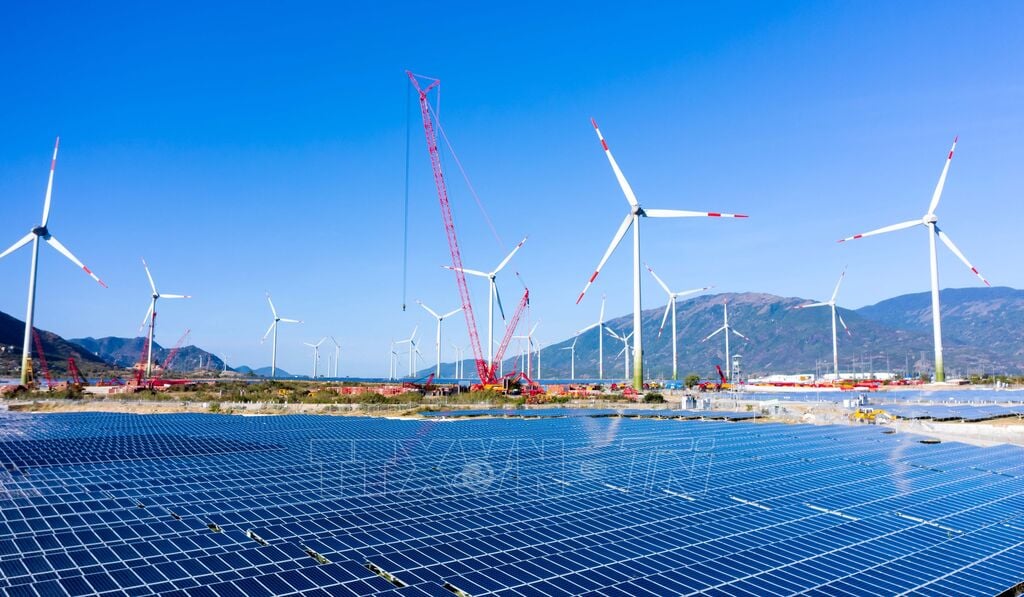
In his opening speech, Mr. Bui Quoc Hung, Deputy Director of the Electricity Department (Ministry of Industry and Trade) said that according to national development regulations, to ensure the need for socio -economic growth of 8% or more in 2025 and over 10% in the period 2026 - 2030, electricity development must also increase sharply. Currently, the total installed capacity is about 90,000 MW, but by 2030 it is expected to reach 180,000 MW; of which, the energy storage system according to the adjusted Power Plan VIII needs to reach 10,000 - 16,300 MW.
Mr. Hung emphasized that the electricity storage system in Vietnam is still in the testing phase, mainly deployed with renewable energy sources such as solar power. Vietnam Electricity Group (EVN) was assigned to invest, with an expected operation of about 1,000 MW in 2026 - 2027. However, the implementation process encountered many difficulties in planning, installation location, technical standards, cost, mechanism for participating in electricity market operation and ensuring system inertia.
At the workshop, the presentations focused on planning, investment location, cost orientation, technical standards, technology, fire prevention and fighting safety for BESS (battery-based energy storage system). Opinions from international experience, Vietnamese practice and scientific research will be compiled by the Electricity Department, reported to the Ministry of Industry and Trade and the Government to build appropriate mechanisms and policies, remove difficulties for the implementation of energy storage systems, and meet the electricity supply requirements according to the adjusted Power Plan VIII.
Mr. Nguyen Hoang Linh from the Planning and Planning Department, Electricity Authority (Ministry of Industry and Trade) presented a paper on the current situation, demand, scale and policy framework for BESS development. According to Decision 768/QD-TTg, wind and solar power will account for 40 - 47% of the total installed capacity by 2030, posing a challenge to stably operate the system when base sources do not increase. BESS becomes an indispensable solution, with an expected scale of 10,000 - 16,300 MW, installed in distributed wind and solar power centers, transformer stations or accompanying solar power plants, meeting at least 2 hours of storage.
In addition, BESS technology brings economic and operational benefits such as peak load management, reducing the need for infrastructure upgrades, providing backup and independent energy for microgrids (microgrids, operating independently or flexibly connected to the national power system), supporting Black Start (restarting a plant or power system when the entire grid is out of power, not depending on external sources) and increasing the ability to absorb renewable energy. Lithium-ion batteries - a popular technology for BESS - have high efficiency of 85 - 92%, fast response, easy to expand and cost reduction over time.
Mr. Nguyen Minh Duc, Deputy Head of EVN's Technical and Safety Department, said that rapid investment in renewable energy sources such as wind and solar power has caused grid investment to not keep up with the growth rate of power sources, concentrated in the Central and Southern regions. EVN has now basically cleared transmission bottlenecks. However, when renewable energy generates high power and stabilizes at low power, voltage fluctuations and high-order harmonics appear, affecting power quality. The conversion of vehicles to use electricity also increases the demand for electricity consumption by 10-15 GW, causing the distribution grid in major cities to be overloaded.
According to the Northern Power Corporation (EVNNPC), the unit has proactively deployed BESS: Coordinated with the National Power System and Market Operation Company Limited (NSMO) to calculate the installation needs for the period 2026 - 2030, researched control, operation, measurement - monitoring solutions and completed legal standards; at the same time, immediately deployed the plan to install 1,200 MW on the distribution grid, to be completed before the dry season of 2026; of which, the Northern Power Corporation (EVNNPC) 500 MW, Hanoi Power Corporation (EVNHANOI) 200 MW, Central Power Corporation (EVNCPC) 100 MW, Ho Chi Minh City Power Corporation (EVNHCMC) 200 MW and Southern Power Corporation (EVNSPC) 200 MW. The Northern region can install 805 MW at existing transformer stations, 275 MW in Hanoi alone, and 530 MW in the remaining provinces.
Mr. Nguyen Danh Duc, Head of EVNNPC Technical Department, emphasized that BESS is a strategic solution for grid operation in the context of increasing renewable energy. By 2030, the total BESS capacity is expected to be 10,000 - 16,300 MW, by 2035 it will be approximately 20,287 MW and by 2050 it will reach 95,983 - 96,120 MW. The BESS system is capable of shifting loads, cutting peaks, supporting frequency regulation, voltage regulation, increasing system inertia and supporting black start.
For effective implementation, EVNNPC has surveyed 84 qualified 110 kV transformer stations, with a total potential capacity of 530 MW/1,060 MWh. The Technical Department has developed a framework bidding document with advanced technology (LFP, NCA, liquid cooling), Grid-Following mode (grid-following mode - the device operates based on available voltage and frequency signals of the grid) and Grid-Forming mode (grid-forming mode - the device actively generates reference voltage and frequency, helping to stabilize the system when the base source is weak), requiring clear performance commitments.
However, EVNNPC still faces challenges in fire prevention, battery lifecycle management, integration of EMS (Energy Management System) into SCADA/DMS (SCADA - monitoring, control and data acquisition system; DMS - distribution grid management system), technology mastery, equipment testing and evaluation, procurement and complex project management, in the context of rapidly changing technology. These issues need to be resolved and guided by state management agencies.
According to Mr. Nguyen Danh Duc, BESS is no longer an option but a mandatory component to ensure the security of the Northern power system. EVNNPC has determined the scale, technical readiness and proposed to remove obstacles in mechanisms and policies to put BESS projects into operation, contributing to ensuring the security of electricity supply in a sustainable manner.
Source: https://baotintuc.vn/kinh-te/dinh-huong-phat-trien-he-thong-pin-tich-tru-dien-nang-20251114120102119.htm



![[Photo] Unique architecture of the deepest metro station in France](https://vphoto.vietnam.vn/thumb/1200x675/vietnam/resource/IMAGE/2025/11/14/1763107592365_ga-sau-nhat-nuoc-phap-duy-1-6403-jpg.webp)


![[Photo] Unique art of painting Tuong masks](https://vphoto.vietnam.vn/thumb/1200x675/vietnam/resource/IMAGE/2025/11/14/1763094089301_ndo_br_1-jpg.webp)





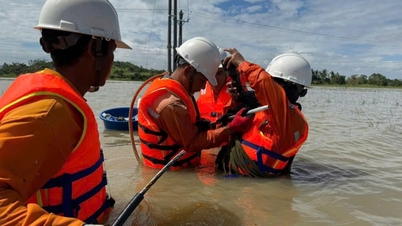

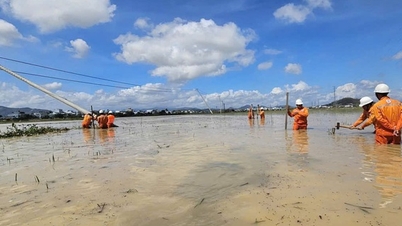

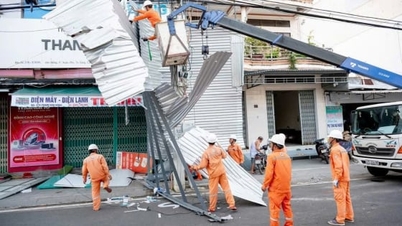






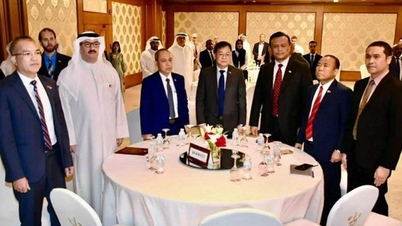
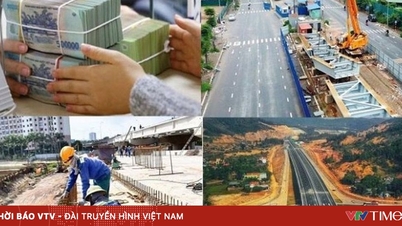

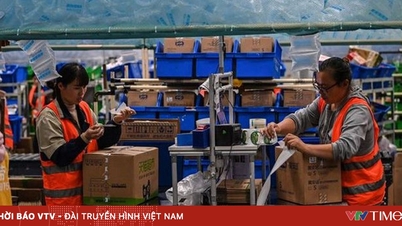






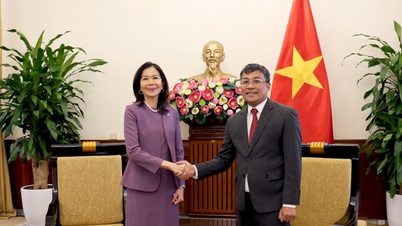

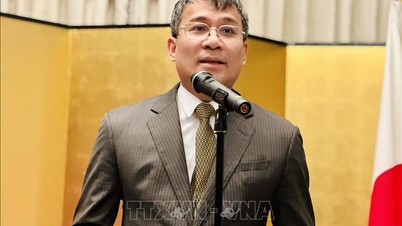
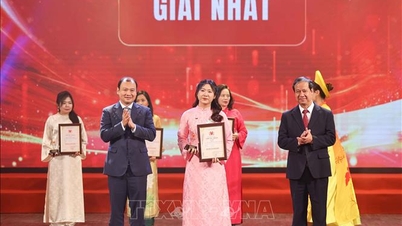

![[Photo] Special class in Tra Linh](https://vphoto.vietnam.vn/thumb/1200x675/vietnam/resource/IMAGE/2025/11/14/1763078485441_ndo_br_lop-hoc-7-jpg.webp)














































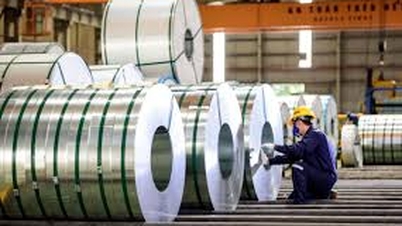


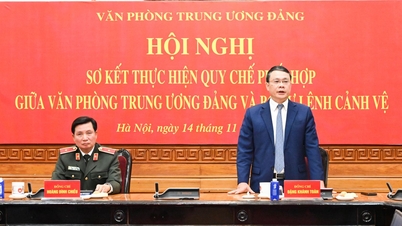











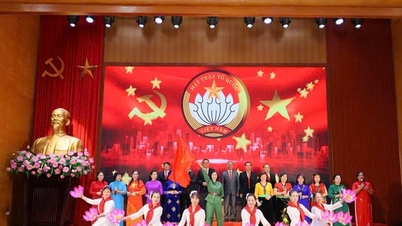











Comment (0)